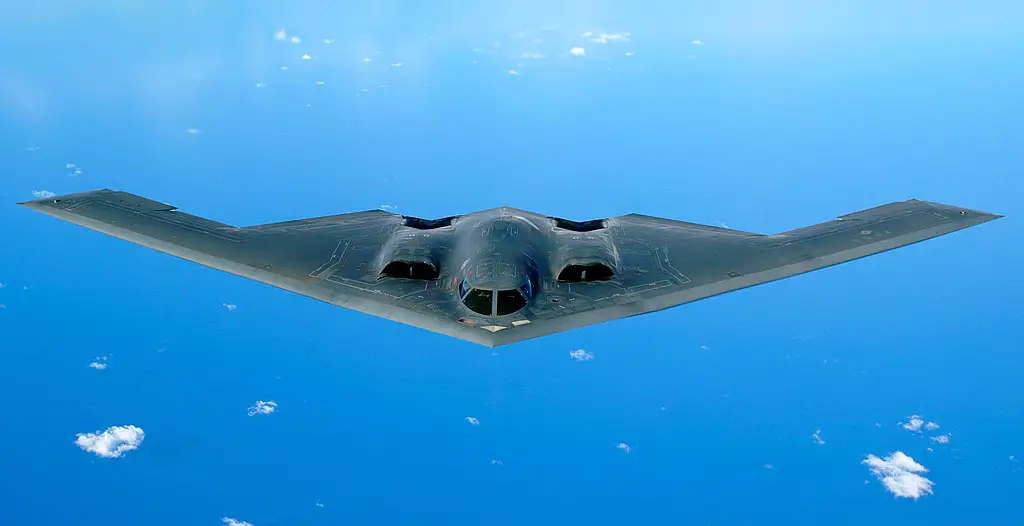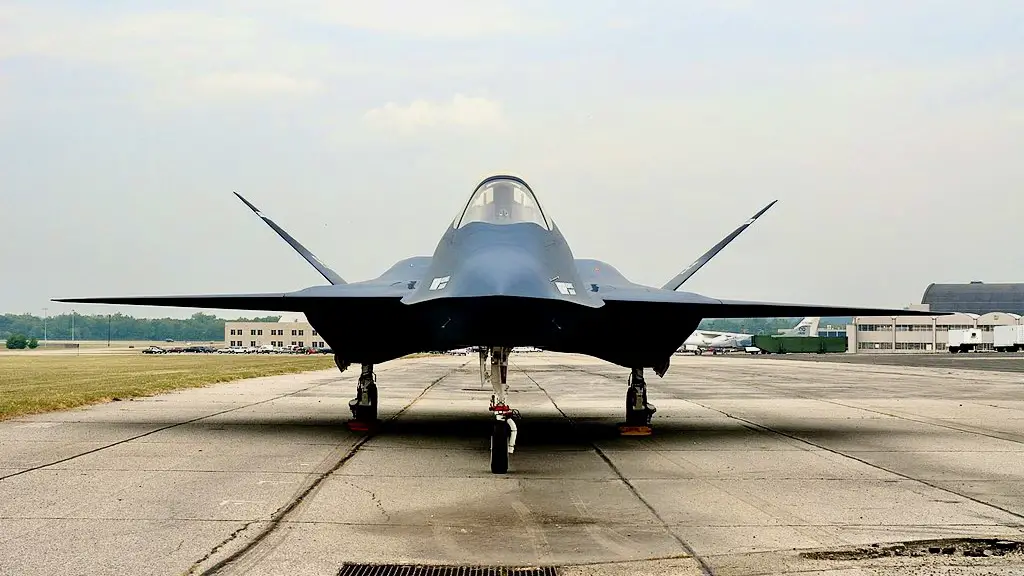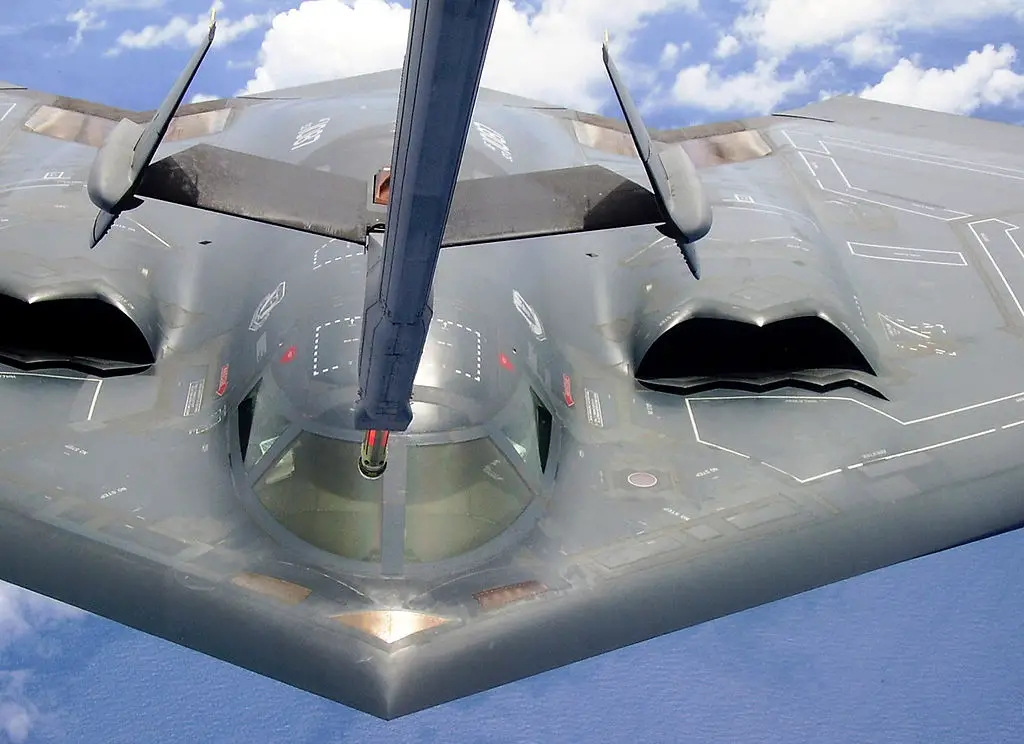Flying wing
The ‘flying wing’ shaped Stealth Bomber is a unique aircraft designed to make it as invisible as possible. Its unique shape means there are very few leading edges for radar to reflect from, reducing its signature dramatically. This is further enhanced by the composite materials from which the aircraft is constructed and the coatings on its surface.


Controversial
The bomber also had one of the most controversial development histories in aviation. Northrop was in charge of developing a Stealth bomber for the USAF, and while their concept was promising, the development budget kept ballooning as unexpected expenses kept piling up. Allegedly this later led to USAF opting to work with Lockheed on the first 5th generation fighter, despite Northrop’s yf-23 prototype bringing a lot to the table.


Design
The U.S. already had a solid understanding of radar wave deflection. However, the engineers were limited by the tools of their time. When designing earlier stealth aircraft, like the F-117 nighthawk, the engineers had to do it the old-fashioned way, using rulers and drawing compasses. If not for their limited computer technology, the process would not look too dissimilar to designing the F-86 Saber.
Things changed when they began working on the B-2; the contemporary computers allowed them to create an airframe with no flat surfaces. This made manufacturing considerably harder. However, the smooth surface meant that radar waves would reflect right off the aircraft’s fuselage upon contact. The end result was so efficient that even when the B-2 was flying directly toward the radar, most of the waves would reflect 90 degrees away from the plane, reducing its radar reading to 0.75-0.5 M². Pretty impressive, considering we’re talking about a 158100 Ibs bomber.
Stealth
The aircraft does not have exposed engines, which would compromise its stealth. Instead, the engines are placed inside the plane, with special openings for intake and exhaust. This idea was far from being innovative, as the Germans had already played with the idea when designing their own WWII flying wing, the Horten Ho 229. However, it was not as simple as putting the engines inside the aircraft and forgetting about it. The emissions from the engine would still be a problem, as the infrared signature would expose the aircraft, albeit at a closer range.
The exact methods used to overcome this problem are mostly classified. However, we do know that it has something to do with the shape of the exhausts, as they mix in some fresh air with the exhausts, cooling them down.
Quiet (ish)
Anyone who has been on air shows can attest to how loud jet engines are, and even a stealth aircraft can be detected with an ordinary ear, provided that it’s close enough. This would also be a problem for the B-2 if it didn’t have a quiet engine. In fact, there are many videos on the internet of the bomber flying over people (fortunately civilians who came to see the Spirit), and it’s very quiet compared to other planes of its size.
All of these features make this 1989 aircraft an extremely efficient stealth bomber, with not many other planes to rival it. In fact, with the information available to the public, other than the American F-22 and F-35, no planes in the world have similar or better stealth capabilities.



Leave a Comment